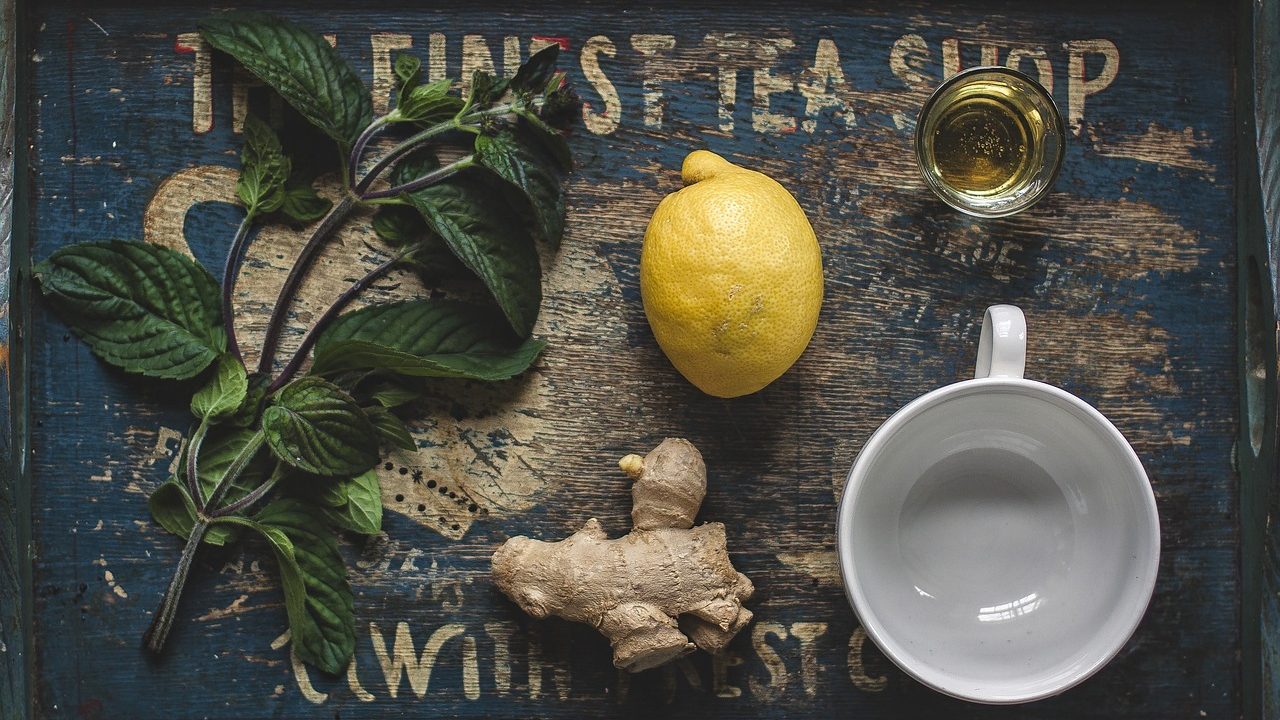“Tea is the magic key to the vault where my brain is kept.”
Frances Hardinge
Tea is a beverage that has been celebrated globally for centuries. The history of tea traces its origin in China in about 2737 BCE. It is believed that Emperor Shen Nong discovered tea when tea leaves accidentally fell into his boiling water. Tea initially was famous for its medicinal properties but later it gained its social and cultural significance as well. The Silk Road facilitated its spread to neighboring regions, where diverse traditions and rituals emerged. In the 9th century, tea reached Japan, evolving into the intricate Japanese tea ceremony. During the British colonial era, tea became integral to English culture, leading to the establishment of vast plantations in India and Sri Lanka. In the contemporary world, tea has several flavours and aromas from delicate green to robust black blend.

Emperor Shen Nong, a legendary figure and revered herbalist, discovered tea quite serendipitously in 2737 BCE. As he sat beneath a Camellia sinensis tree, leaves fell into his boiling water, imparting a delightful aroma and flavour. Intrigued by this newfound infusion, the emperor explored its medicinal properties. The medicinal benefits of tea soon became well-known, with ancient Chinese texts documenting its use for various ailments. Tea’s popularity grew, and by the Zhou Dynasty (1046–256 BCE), it had become a staple in daily life. During the Tang Dynasty (618–907 CE), tea culture flourished, and tea-drinking rituals were formalized. Tea was not only limited to the imperial court but the common people also started to have it in their daily life. It became a social culture and a way of showing hospitality in China.
The Silk Road is an ancient network of trade routes connecting the East to the West. It played an important role in the history of tea. Originating and cultivated in the remote mountains of China, it started exporting to other countries with the help of the silk route. The idea of it being exported throughout the world was not merely about commerce but more about the exchange of culture. Tea became the symbol of luxury and royalty when it started to gain global recognition. As tea started to gain popularity in the West, it became clear that silk route is not only for the goods to transport but for ideas and culture as well. Tea was made and drank differently all over the world with everyone adding their culture and new ideas to make it. Tea’s popularity along the Silk Road also extended to the Middle East, where it became an integral part of daily life. The Silk Road facilitated the exchange of not only tea leaves but also the knowledge of tea cultivation and preparation methods. This cross-cultural pollination laid the foundation for the global appreciation of tea.
The British East India Company, a key player in maritime routes, played a crucial role in shaping the trajectory of the tea trade. Establishing tea plantations in India and Sri Lanka, the company aimed to break China’s monopoly on tea production. This strategic move not only caused the British Empire’s economic interests but also paved the way for a diverse and widespread cultivation of tea across the globe. Tea became a symbol of colonial power and started to be recognised as a sophisticated drink by the imperials. As the routes started to expand, the EIC gained a lot profit and people in Europe as well as the colonies started to make tea as an integral part of daily life. Black tea and green tea are still the most celebrated flavours of tea in the colonies.
In Japan, the ancient art of the Japanese tea ceremony, known as “chanoyu” or “sadō,” became a ritualistic celebration of aesthetics, etiquette, and harmony. The preparation and consumption of matcha, a powdered green tea, transformed into a meditative practice, emphasizing a profound connection with nature. In England, the idea of tea was different, people in England started to enjoy their afternoon tea with some sandwiches and snacks. Tea was considered to be sophisticated and was celebrated while talking and during leisure time. In India, tea is more than just tea as it is made with milk and sugar. Tea is popularly called “chai” by Indians, and it is available on the streets as well. Tea is a symbol of hospitality and warmth in India.
Tea can be called a global beverage as it is part of the daily life of people in the majority of places in the world. Somewhere it is part of the tradition while somewhere it is sophisticated and delicate. The history of tea has been such an amazing journey from it being discovered mistakenly in China to it being an integral part of people’s daily lives all over the world. Tea has helped countries and continents to exchange each other’s cultures and traditions, ideas and ways of cultivation and cooking being exchanged. The commercial sector of countries has taken a boost in cultivating, importing and exporting tea. Tea has become a tradition, way of hospitality and medicinal beverage in many countries of the world.
ARTICLE BY – YASHVI ASODIYA | EDITED BY – SAHIL HARVANI


